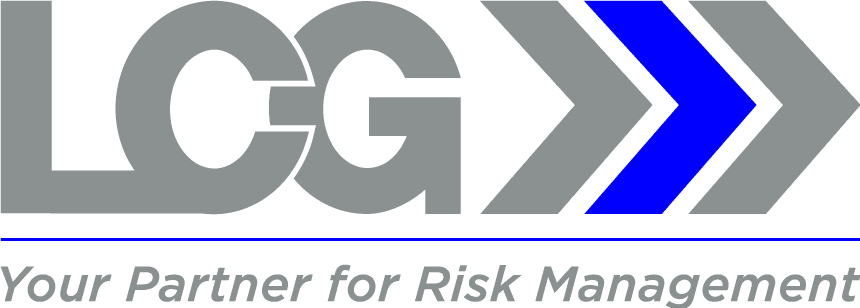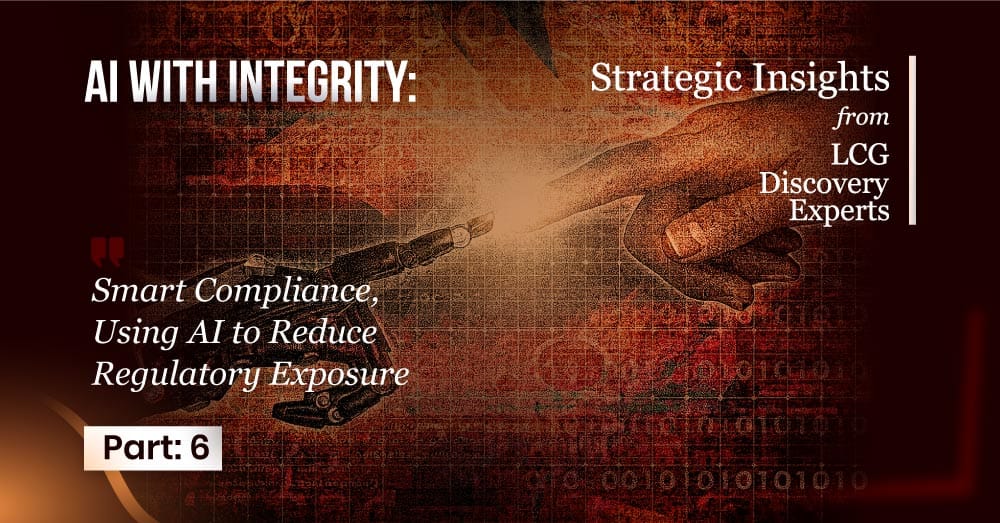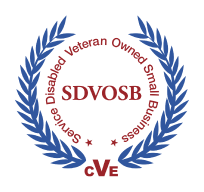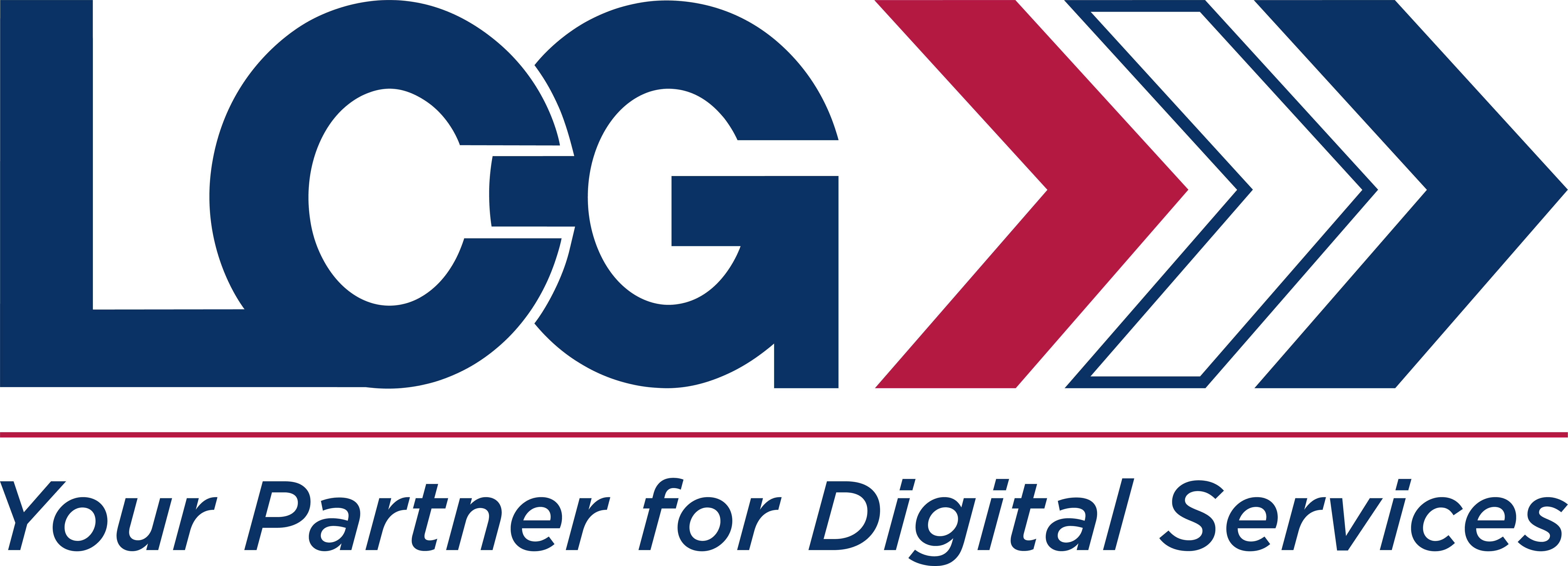Contributed by Thane Russey, VP, Strategic AI Programs, LCG Discovery Experts
Series context. Part 6 in the AI with Integrity series explores how artificial intelligence can strengthen enterprise compliance and reduce regulatory exposure through continuous monitoring, early detection, and transparent governance. Previous installments examined admissibility, governance, chain of custody, shadow algorithms, and the expertise gap. This installment advances from oversight to opportunity: how organizations can operationalize AI to transform compliance from a reactive function into a proactive system of assurance. [1]
The Compliance Paradox in the Age of AI
Compliance teams face a paradox. Every new regulation demands more monitoring, yet budgets for human auditors remain fixed or shrinking. Artificial intelligence offers speed, pattern recognition, and cross-system visibility that human reviewers cannot match. However, many organizations deploy these tools without the documentation, validation, and explainability that regulators expect under frameworks such as NIST AI Risk Management Framework 1.0 and ISO/IEC 42001:2023. [2][3]
Across industries, automation has outpaced accountability. In 2024, the U.S. Department of Health and Human Services (HHS) sanctioned several hospitals for using automated transcription tools that stored protected health information (PHI) in unsecured environments. The issue was not the AI’s accuracy but its opacity: administrators could not reconstruct how or where PHI was handled. [4]
In Europe, similar cases arose when financial firms relied on opaque algorithms to evaluate loan eligibility. Regulators invoked Articles 5 and 22 of the GDPR, citing a lack of transparency and insufficient data minimization controls. [5] These cases reinforce that compliance risk now extends beyond what an organization does to how its systems think.
LCG perspective. The emerging compliance standard is not only “Did you follow the rule?” but also “Can you prove that your AI knew the rule?”
Where AI Strengthens the Compliance Function
Artificial intelligence, when designed with traceability and governance, can transform compliance from retrospective auditing into real-time assurance. Several functions illustrate this shift:
- Automated Control Testing. AI can continuously evaluate configuration baselines against established control frameworks such as CIS Benchmarks and SOX Section 404 controls, flagging deviations before an auditor arrives. [6]
- Regulatory Text to Policy Mapping. Natural language models can parse complex laws, aligning policy statements with underlying requirements such as HIPAA §164.308 or GDPR Article 30. This allows compliance teams to identify missing clauses before external assessments. [7]
- Anomaly and Outlier Detection. Machine learning systems analyze activity logs and transactional records to detect unusual behavior, alerting investigators to noncompliance or potential fraud before statutory deadlines. [8]
- AI-Assisted Internal Investigations. Large language models can cluster communications, summarize interview transcripts, and establish event timelines, helping investigators quickly identify corroborating patterns while preserving evidentiary integrity under forensic controls. [9]
- Dynamic Risk Scoring. By integrating structured and unstructured data, AI continuously quantifies compliance risk. It informs prioritization and governance dashboards, ensuring that human reviewers focus on the most consequential anomalies. [10]
Together, these applications create a “living” compliance ecosystem that monitors itself and alerts decision makers before violations escalate.
Building a Defensible AI-Driven Compliance Program
To be credible in regulatory or judicial settings, an AI-enabled compliance program must be explainable, documented, and auditable. LCG’s work across corporate and public sectors identifies four essential pillars for defensibility.
- Explainability and Documentation
Explainability ensures that each AI decision can be reconstructed. Under NIST SP 1270 and the AI RMF 1.0, organizations must trace the logic from input to output. [11] Documentation should include the sources of model training data, parameter settings, and any post-processing logic. This record becomes the forensic artifact that proves a decision was made under governed conditions.
- Governance Alignment
AI oversight should be embedded within existing governance, risk, and compliance (GRC) structures. Integrating AI risk registers with established controls under SOX, HIPAA, or NIST SP 800-53 ensures continuity of accountability. [12][14] When the compliance committee reviews quarterly controls, AI-related metrics should appear alongside traditional audit findings.
- Validation and Audit Readiness
Validation demonstrates that AI outputs remain consistent with ground truth. Periodic benchmarking against known datasets or manual baselines fulfills expectations under ISO/IEC 42001:2023 and SOC 2 Type II audits. [13] Without validation, AI results become speculative opinions rather than evidentiary findings.
- Data Protection and Access Controls
AI compliance systems must respect least-privilege design, encrypt data at rest and in transit, and maintain auditable access logs. GDPR Article 32 and NIST SP 800-53 controls, such as AC-2 and AU-12, establish the baseline. [14]
LCG perspective. Compliance evidence is only as credible as its chain of custody. In AI systems, the chain begins not with a device image but with the model log.
Implementation Pitfalls and Mitigations
Even well-intentioned AI programs can fail when implementation shortcuts undermine governance. Common pitfalls and corresponding mitigations include:
| Failure Point | Why It Matters | LCG-Recommended Mitigation |
| Over-reliance on vendor claims | “Regulatory AI” tools may hide unvalidated models or undisclosed datasets. | Require independent validation reports and contractual audit rights. |
| Lack of human oversight | Automated alerts without review create false positives or missed context. | Maintain human-in-the-loop protocols for all high-impact decisions. |
| Model drift and outdated rules | Regulatory updates can invalidate old models. | Schedule periodic retraining and version control aligned to policy updates. |
| Inadequate log retention | Without model logs, authenticity under FRE 901 and 902 may fail. | Preserve training data, configuration files, and inference outputs as forensic artifacts. |
| Privacy violations via generative AI | Unredacted personal data may expose organizations to HIPAA or GDPR fines. | Deploy AI in secure, sandboxed environments and apply automated PII redaction tools. |
Continuous Improvement and the Compliance Lifecycle
AI compliance is not static. As with ISO 27001, organizations should apply a “Plan–Do–Check–Act” model. [15]
- Plan – Identify regulatory requirements and define AI control objectives.
- Do – Deploy models with initial risk thresholds and human oversight.
- Check – Audit AI decisions against manual samples or known test cases.
- Act – Adjust model parameters and retrain based on audit findings or new regulations.
This lifecycle approach ensures compliance remains in sync with evolving laws and advancing technology. It also provides demonstrable evidence of diligence, which regulators weigh heavily in enforcement decisions.
LCG perspective. A compliance system that learns is not just efficient; it is persuasive. Auditors recognize organizations that treat oversight as a living process rather than a paperwork exercise.
Quick Checklist
- Validate AI models against regulatory controls before deployment.
- Document decision logic and preserve logs for every model version.
- Keep human review in the loop for all high-impact compliance decisions. [16]
Final Thought
Artificial intelligence cannot eliminate compliance risk, but it can reveal it earlier and with greater clarity than manual reviews ever could. Smart compliance is not about replacing governance; it is about embodying it in code, controls, and continuous learning. Organizations that embrace explainable AI—auditable, documented, and defensible—will not only pass inspections but also shape the next generation of regulatory trust. The difference between exposure and assurance lies in whether the AI can prove what it knows. [17]
References (endnotes)
[1] Series outline: AI with Integrity – Strategic Insights from LCG Discovery Experts (LCG internal research plan).
[2] NIST AI Risk Management Framework 1.0 (2023) https://nvlpubs.nist.gov/nistpubs/ai/NIST.AI.100-1.pdf
[3] ISO/IEC 42001:2023 – Artificial Intelligence Management System Standard https://www.iso.org/standard/81230.html
[4] HHS Office for Civil Rights HIPAA Enforcement Results (2024) https://www.hhs.gov/hipaa/for-professionals/compliance-enforcement/data/index.html
[5] European Data Protection Board GDPR Enforcement Tracker https://edpb.europa.eu/our-work-tools/enforcement_en
[6] Center for Internet Security (CIS) Benchmarks https://www.cisecurity.org/cis-benchmarks
[7] HIPAA Security Rule 45 CFR §164.308 https://www.ecfr.gov/current/title-45/subtitle-A/subchapter-C/part-164/subpart-C
[8] Association of Certified Fraud Examiners (ACFE) – Report to the Nations 2024 https://acfepublic.s3.us-west-2.amazonaws.com/RTTN2024.pdf
[9] SWGDE Best Practices for AI and Digital Evidence (2024 draft) https://swgde.org/documents
[10] NIST SP 800 30 Revision 1 – Guide for Conducting Risk Assessments https://csrc.nist.gov/publications/detail/sp/800-30/rev-1/final
[11] NIST Special Publication 1270 – Trustworthy and Responsible AI (2022) https://nvlpubs.nist.gov/nistpubs/SpecialPublications/NIST.SP.1270.pdf
[12] Sarbanes-Oxley Act of 2002 (15 U.S.C. §§ 7201 et seq.) https://uscode.house.gov/view.xhtml?path=/prelim@title15/chapter98
[13] AICPA SOC 2 Trust Services Criteria (2023) https://us.aicpa.org/interestareas/frc/assuranceadvisoryservices/sorhome
[14] NIST SP 800 53 Revision 5 (2020) https://csrc.nist.gov/publications/detail/sp/800-53/rev-5/final
[15] ISO/IEC 27001:2022 – Information Security Management https://www.iso.org/standard/82875.html
[16] Federal Rules of Evidence 901 & 902 – Authentication and Self-Authentication https://uscode.house.gov/view.xhtml?req=federal+rules+of+evidence
[17] LCG Research Note 2025 – Operationalizing AI Accountability Through Forensic Governance.
This article is for general information and does not constitute legal advice.







